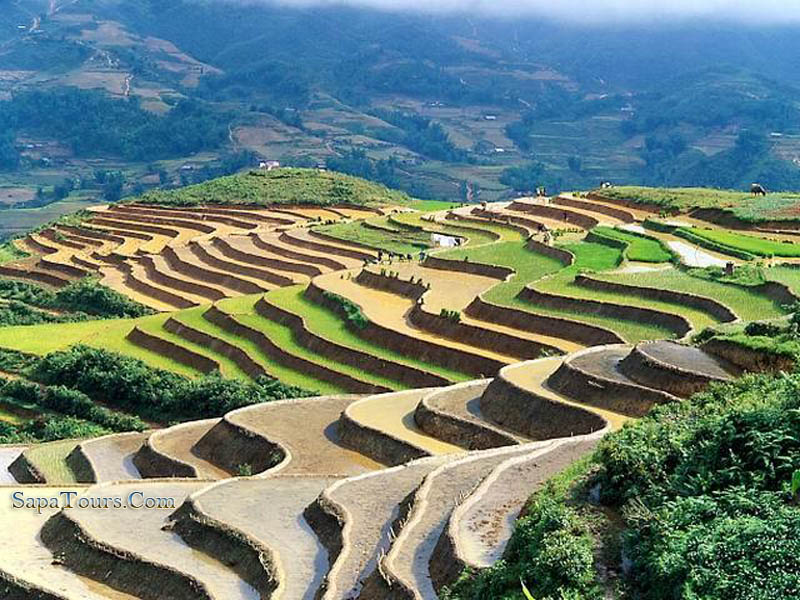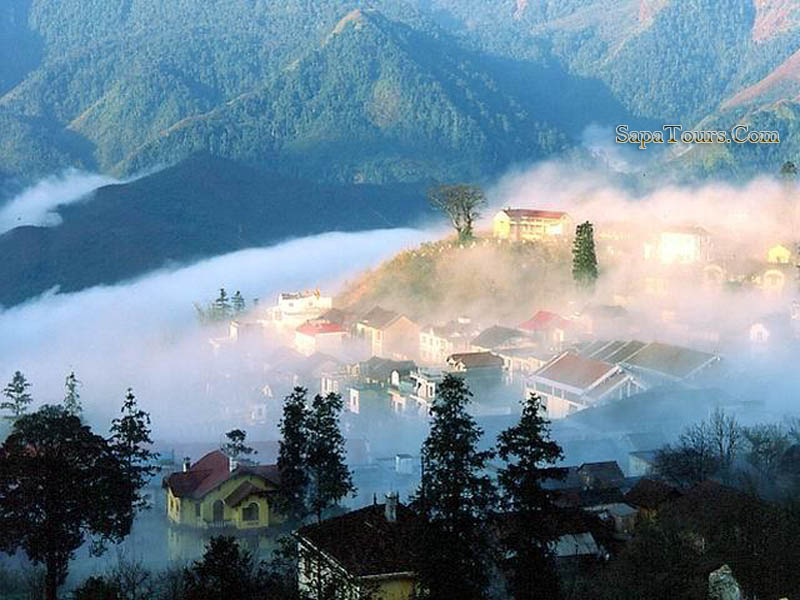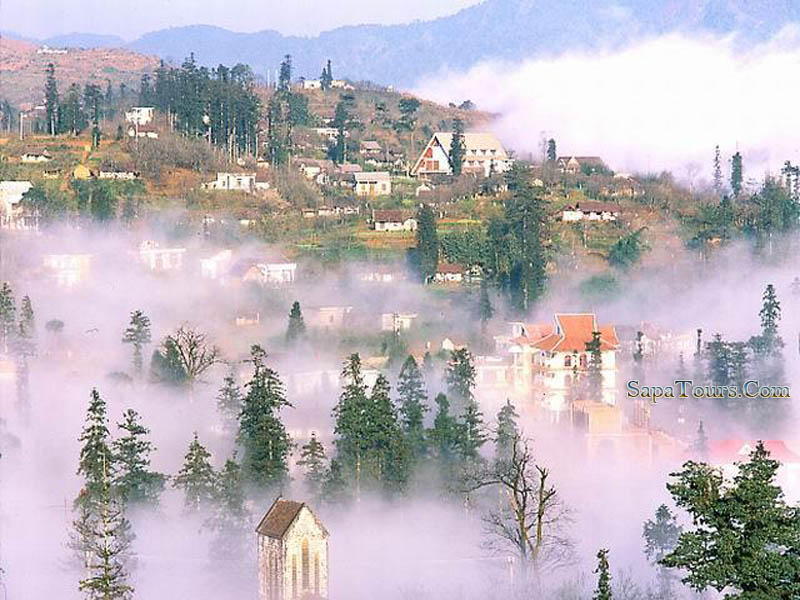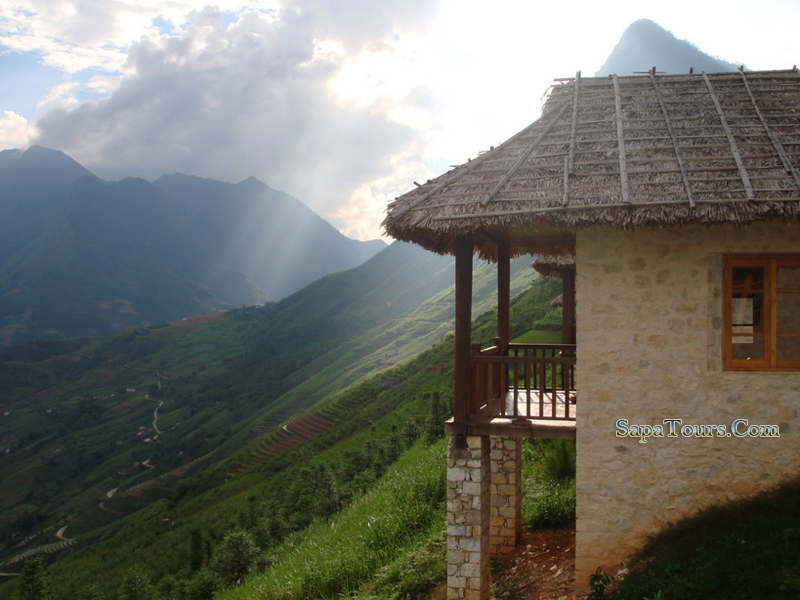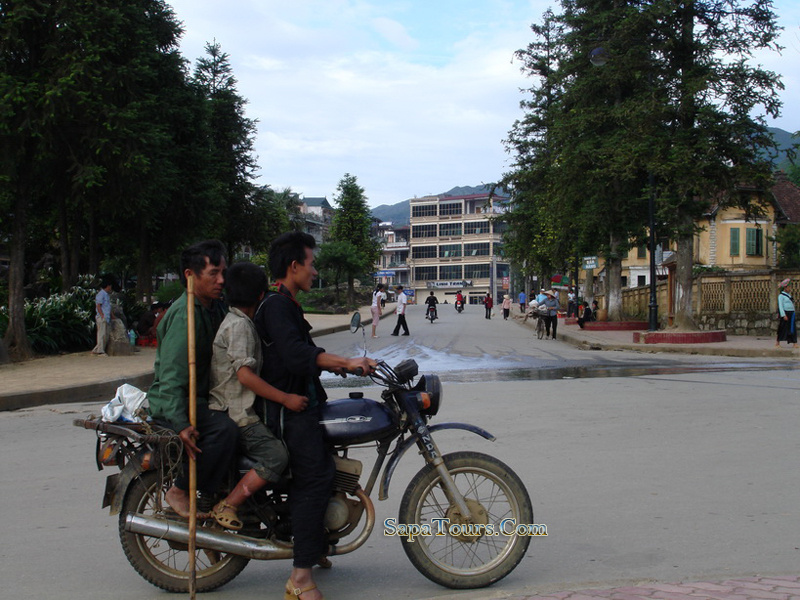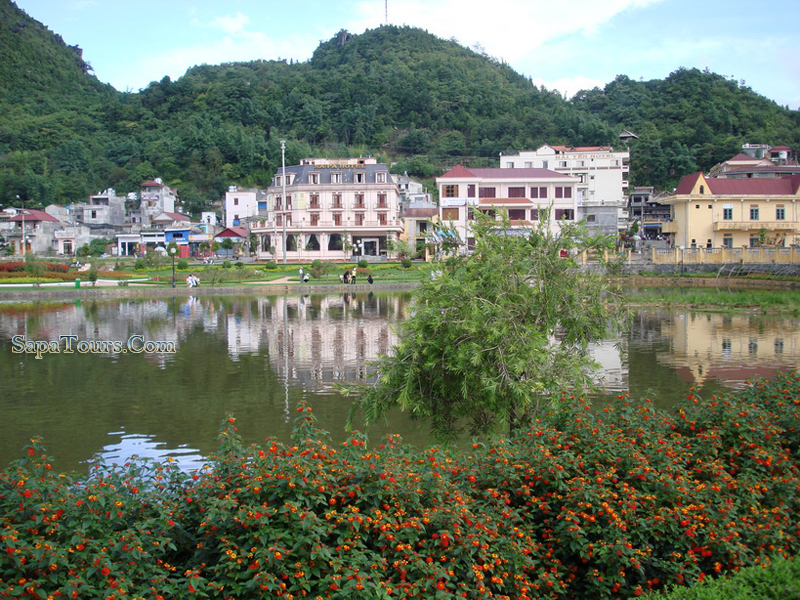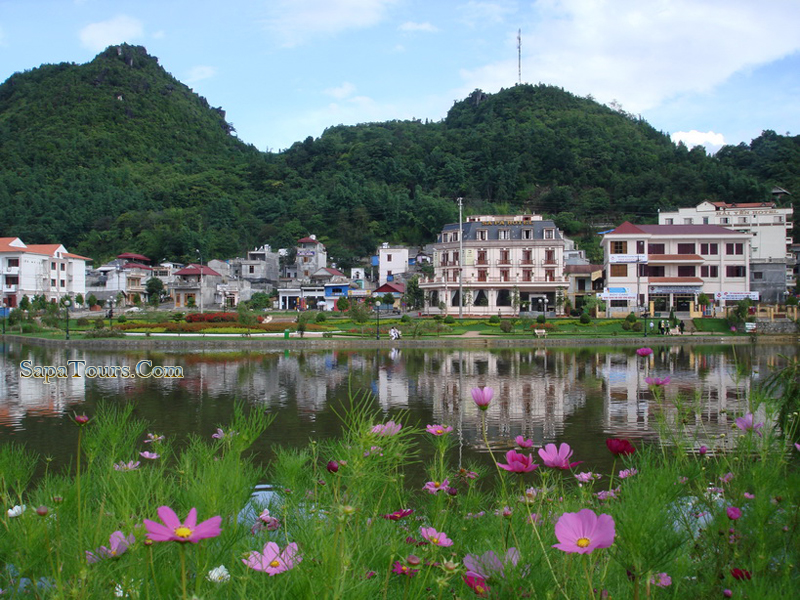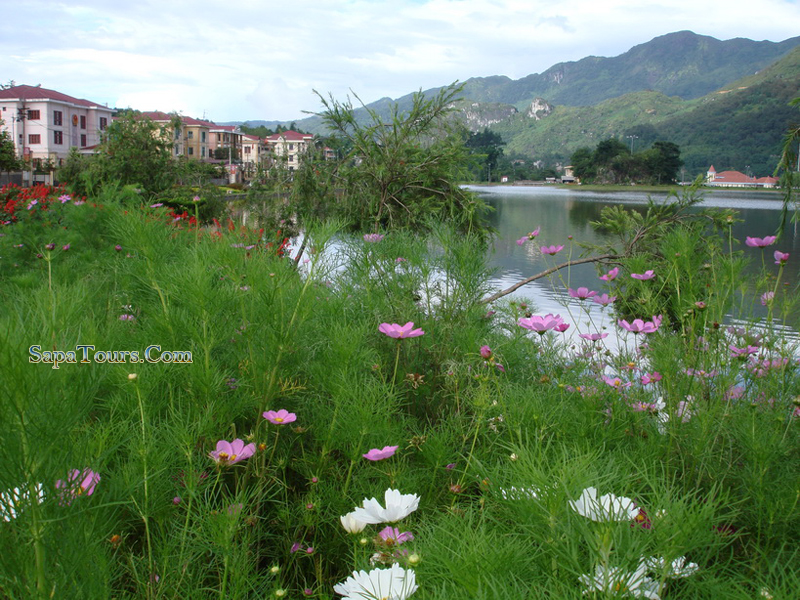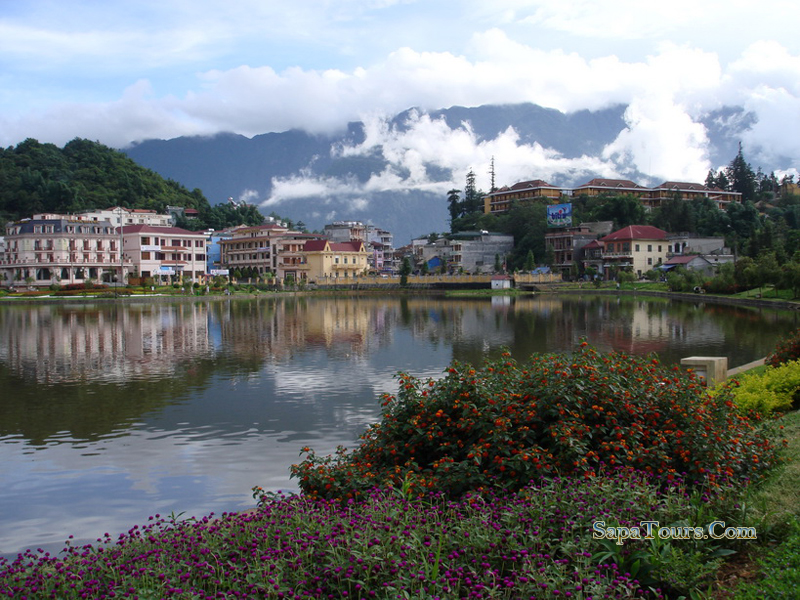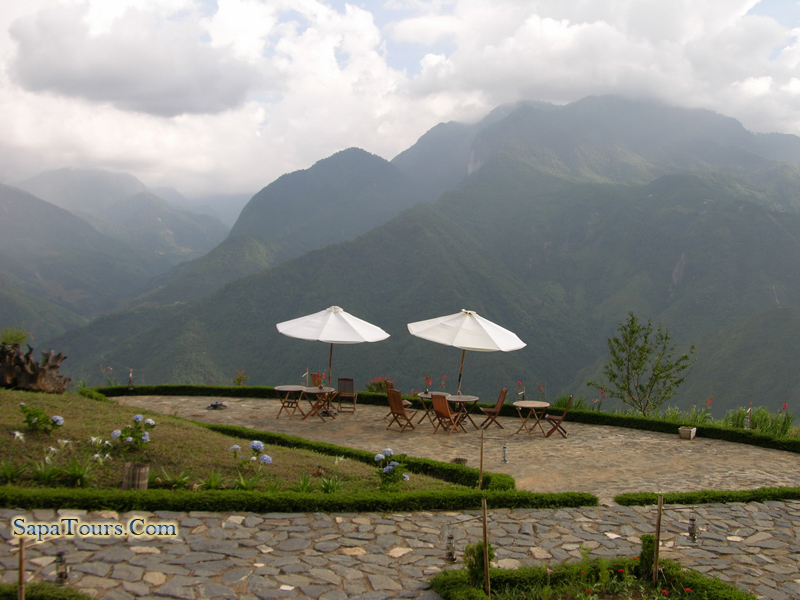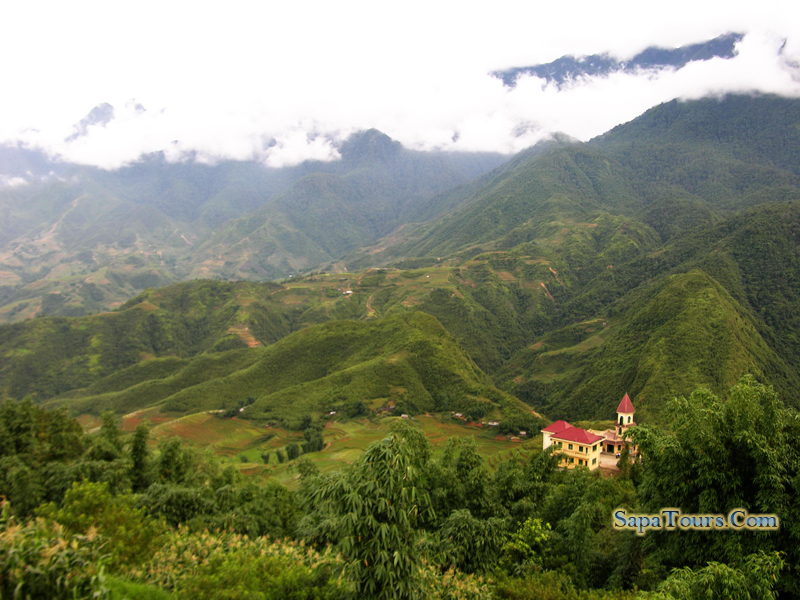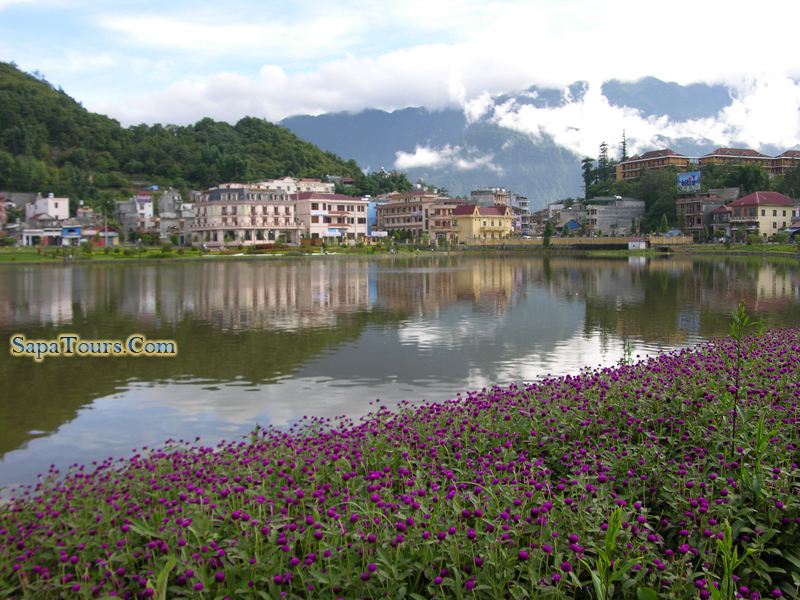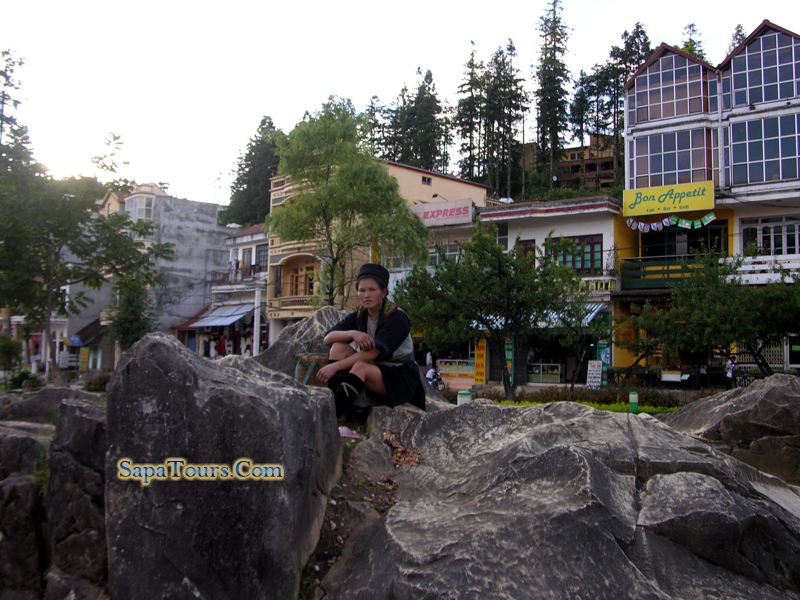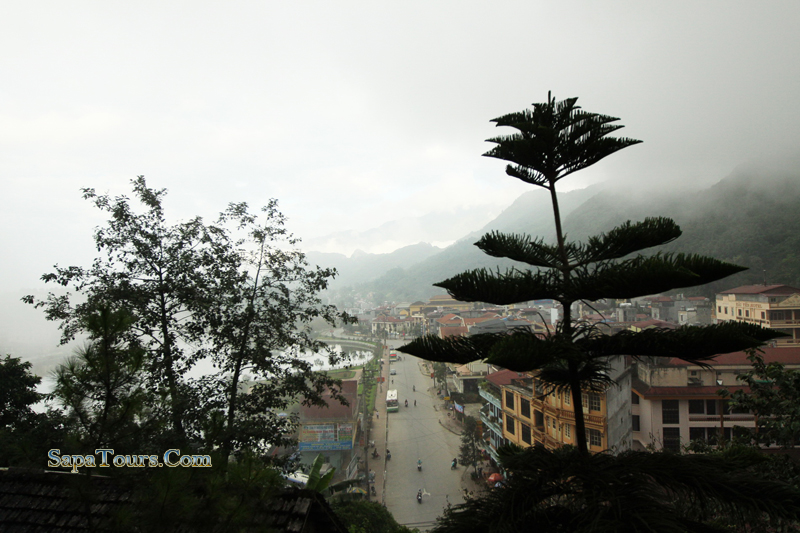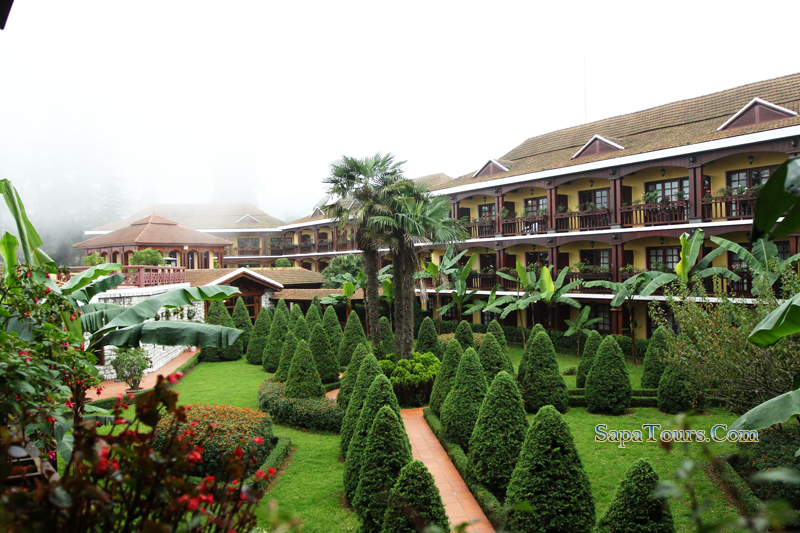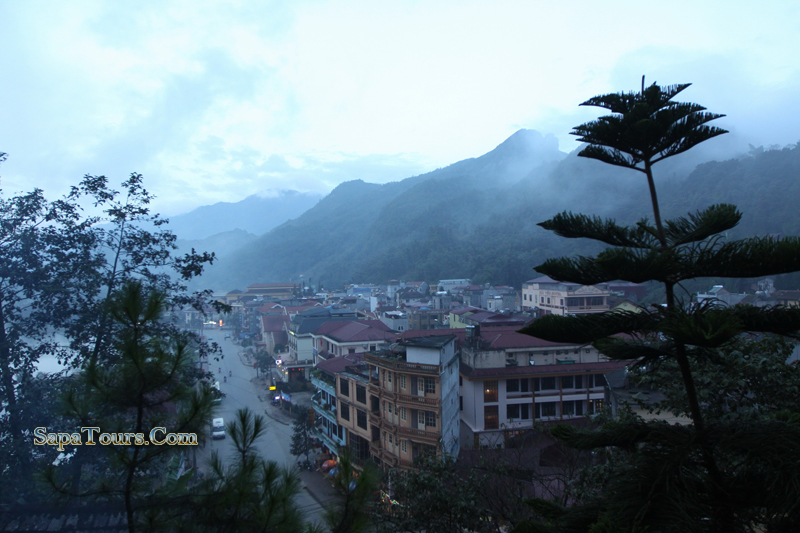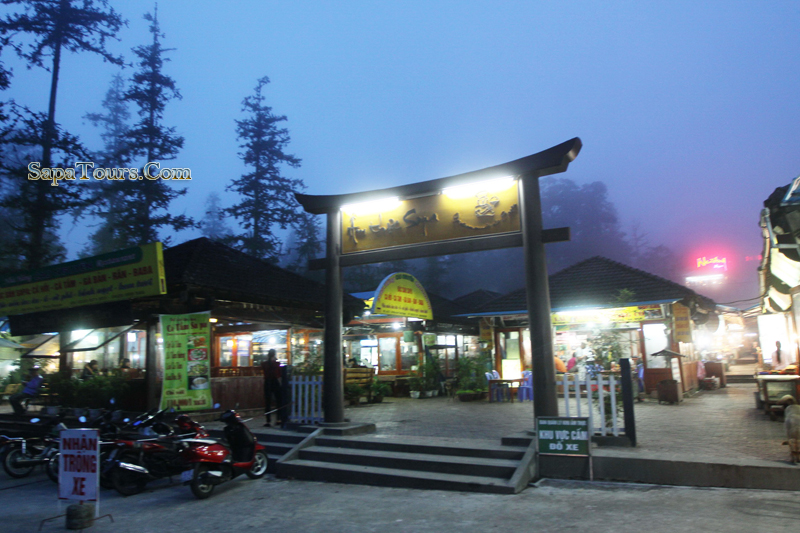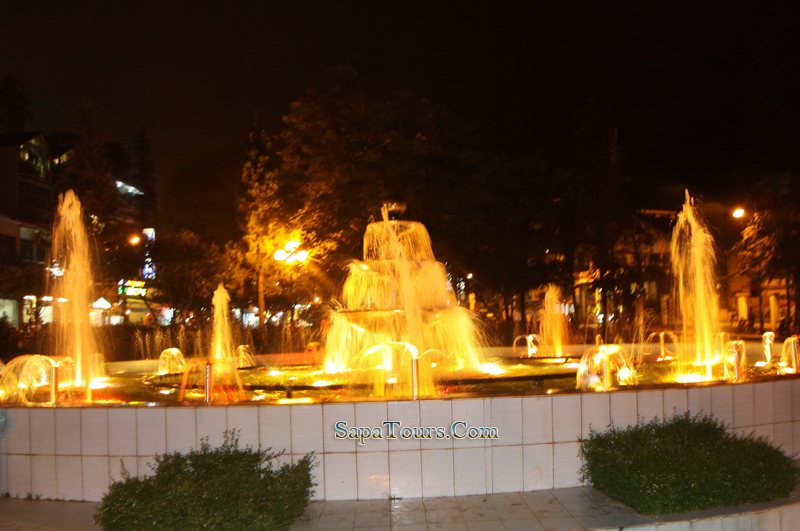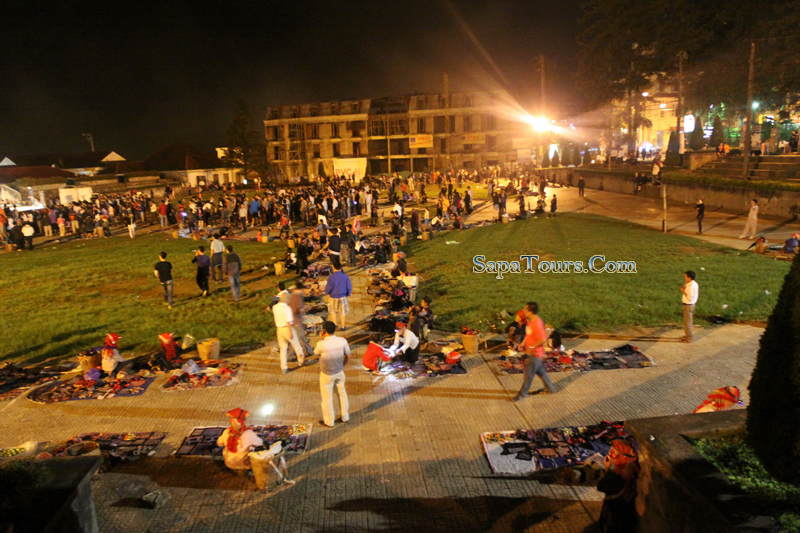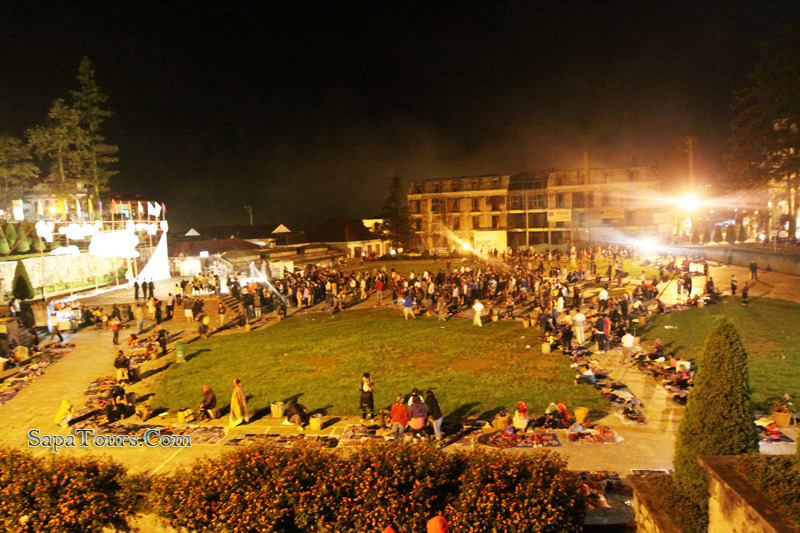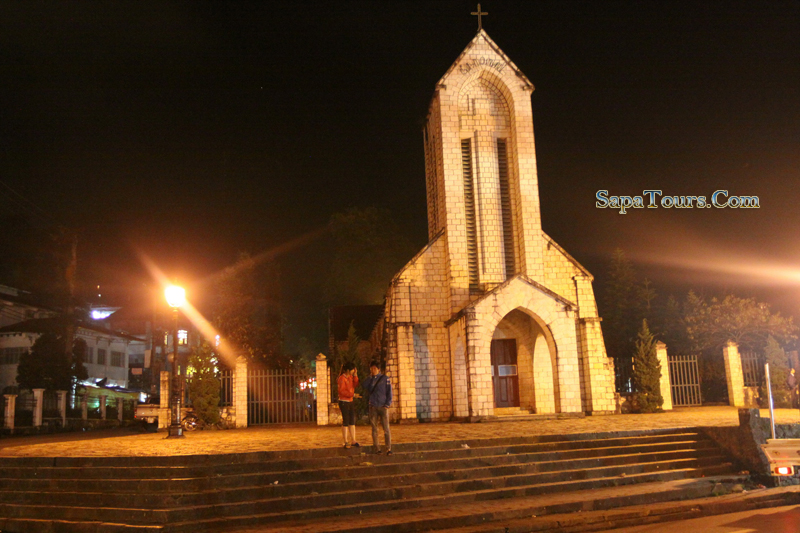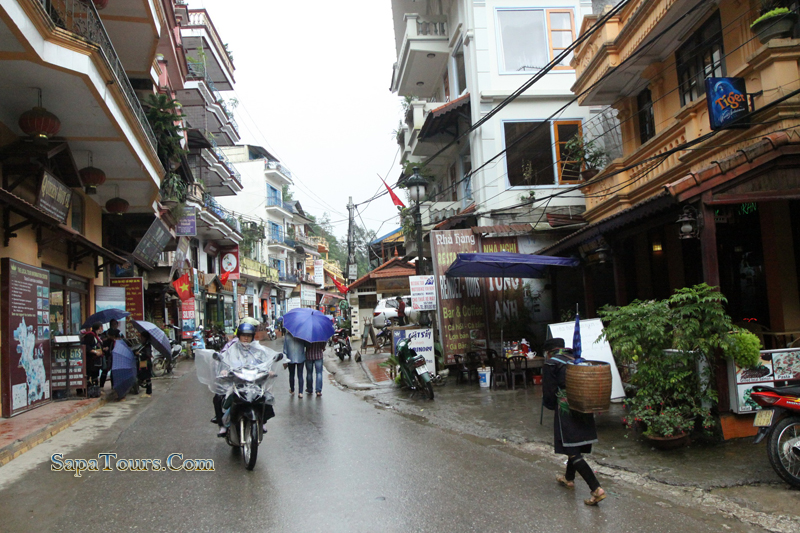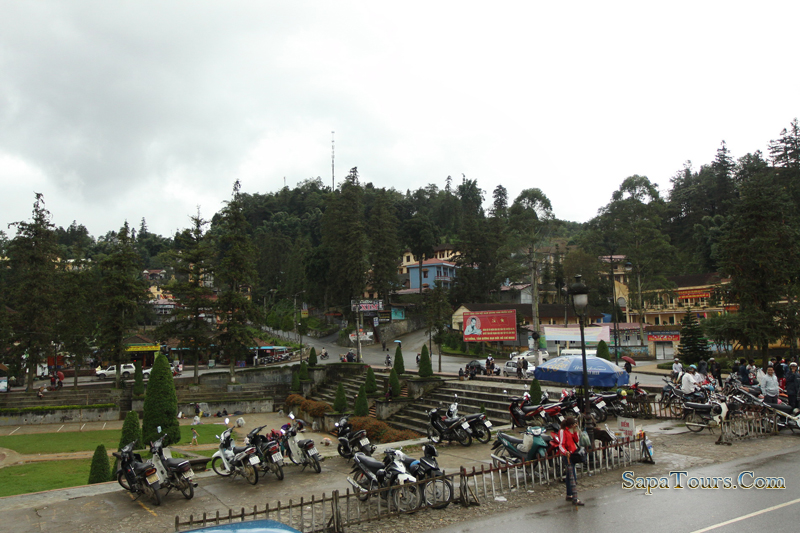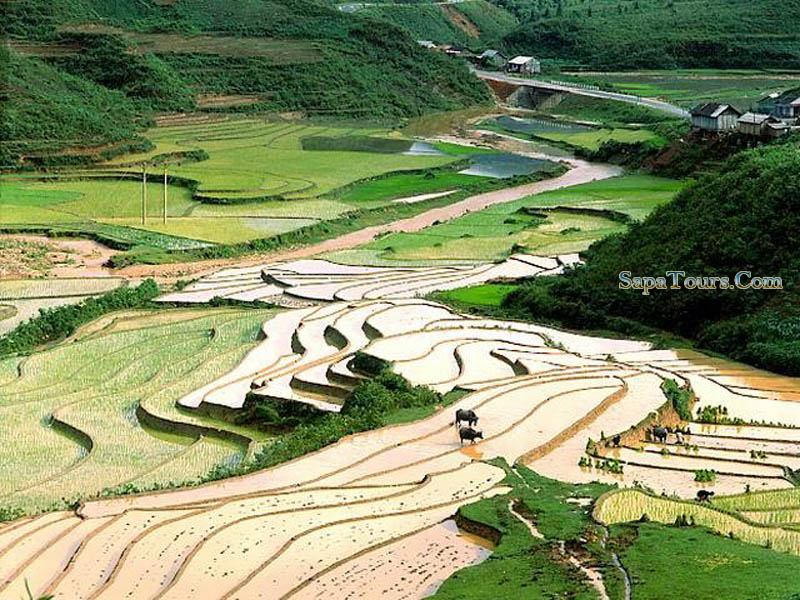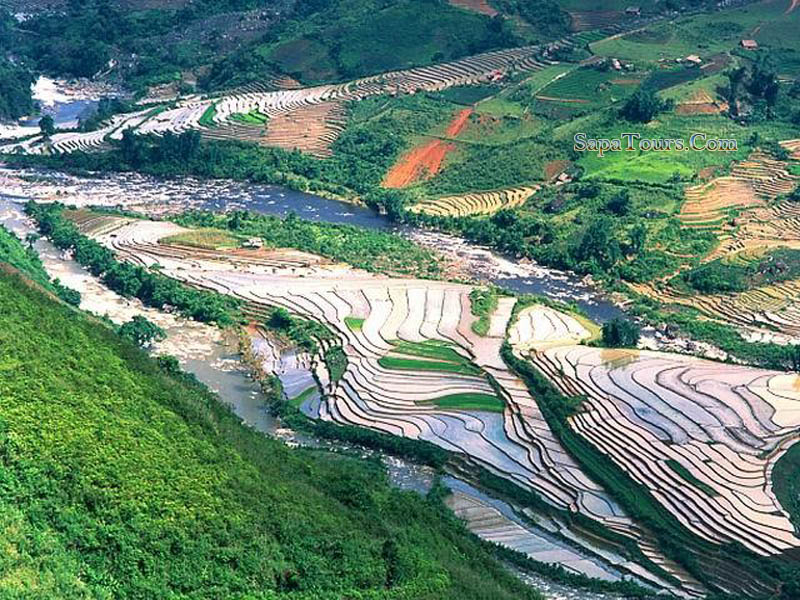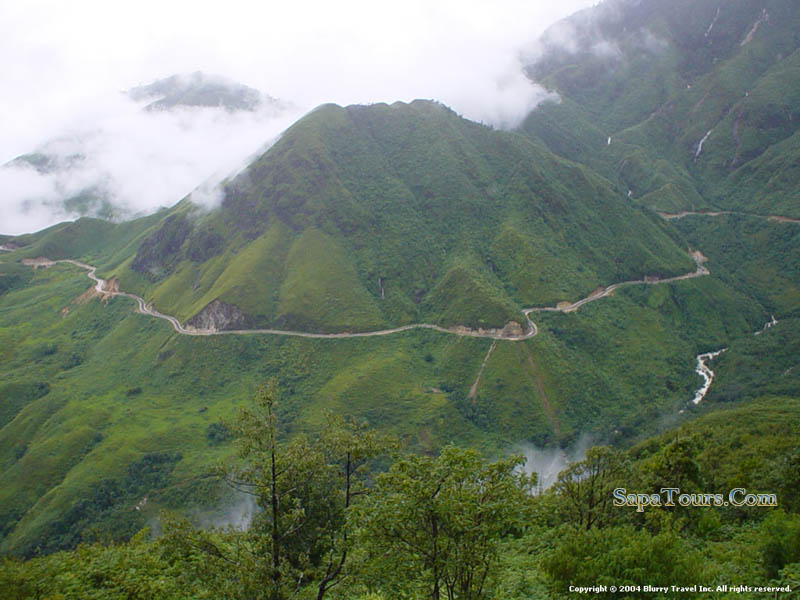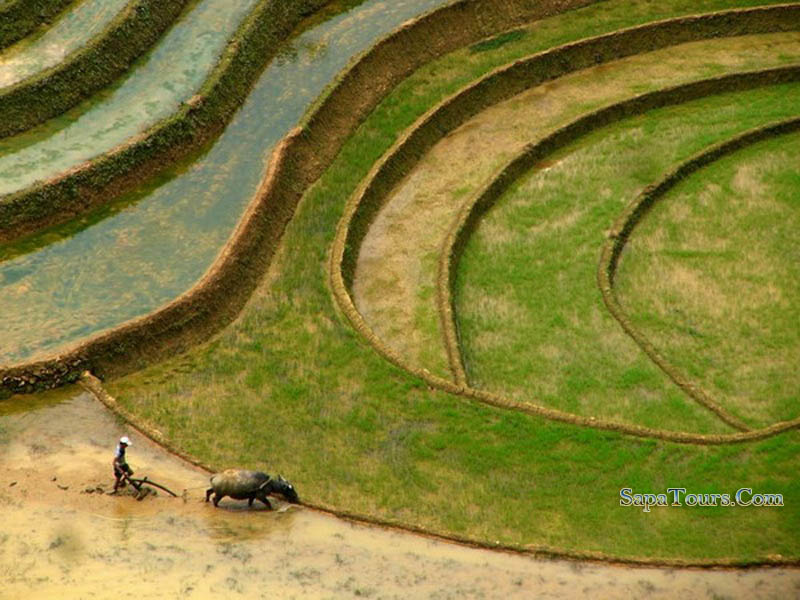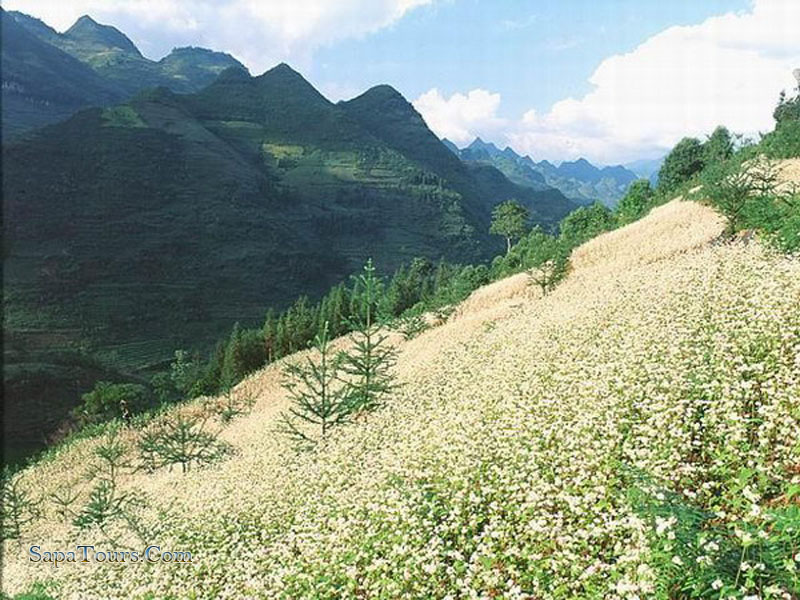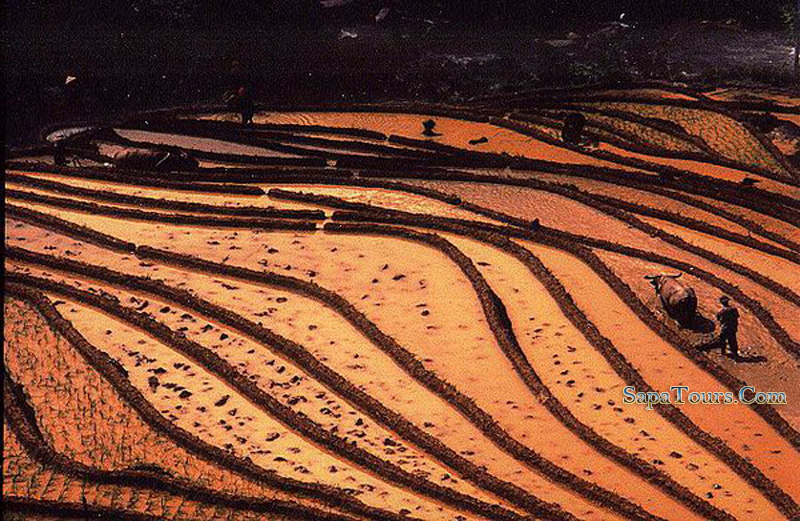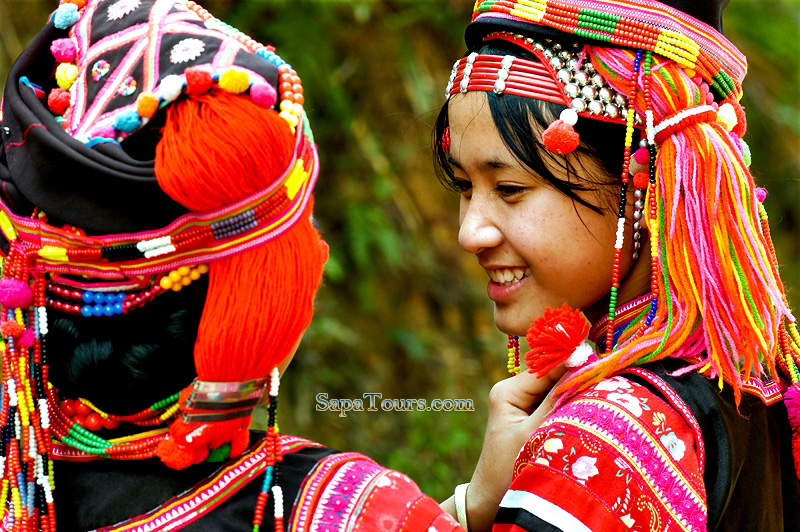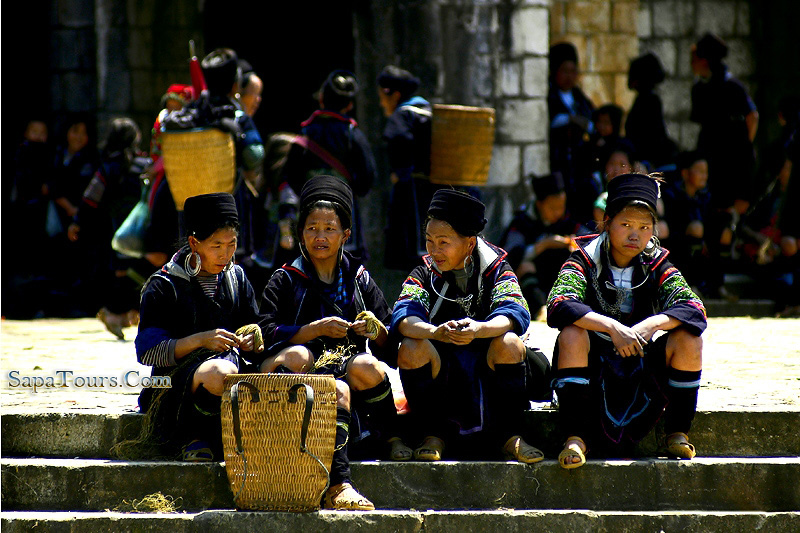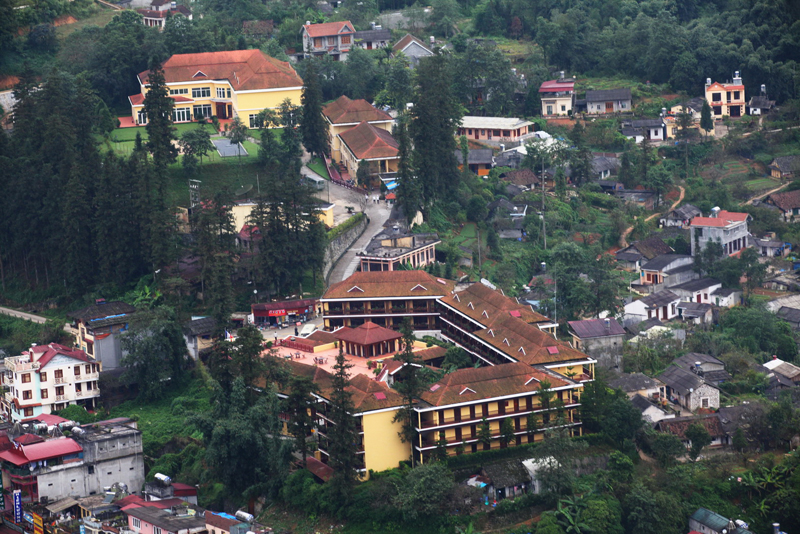

Biking Tour - 2 days to TamDuong
Biking Tour - 2 days to ThanhPhu-Sinchai-BanHo
SAPA
The best time to witness the scenic beauty of Sapa is in April and May. Before that period, the weather might be cold and foggy; after that period is the rainy season. In April and May, Sapa is blooming with flowers and green pastures. The clouds that settle in the valley in early morning quickly disappear into thin air.Located at 1,500 m above sea level, Sapa lies on the side of the Hoang Lien Son Mountains, 333 km northwest of Hanoi. Sapa’s flora is diverse, ranging from flowers to tropical fruits; among the most popular fruits produced in Sapa are apples, pears, peaches, and plums.Sapa has many natural sites such as Thac Bac, Thuy Cung Grotto, Gio Cave, Troi Gate, and Truc Forest. Sapa is also the starting point for many climbers and scientists who want to reach the top of Fansipan Mountain, the highest mountain in Vietnam at 3,143 m. Hoang Lien Son Mountains is also called the Alps of the North Sea area since Fansipan Mountain is not only the highest peak in Vietnam, but also in the Indochina Peninsula. The pyramid-shaped mountain is covered with clouds all year round and temperatures often drop below zero, especially at high elevations.To reach Sapa, one can take a train to Lao Cai and then a bus to Sapa from Lao Cai. On Sundays, Nung, Dao, Tay, Cao Lan, Paxi, and Xa Phong minorities ride down the mountain in their colorful clothes to take part in the Sunday market at the foot of Fansipan Mountain.
Sapa Video








